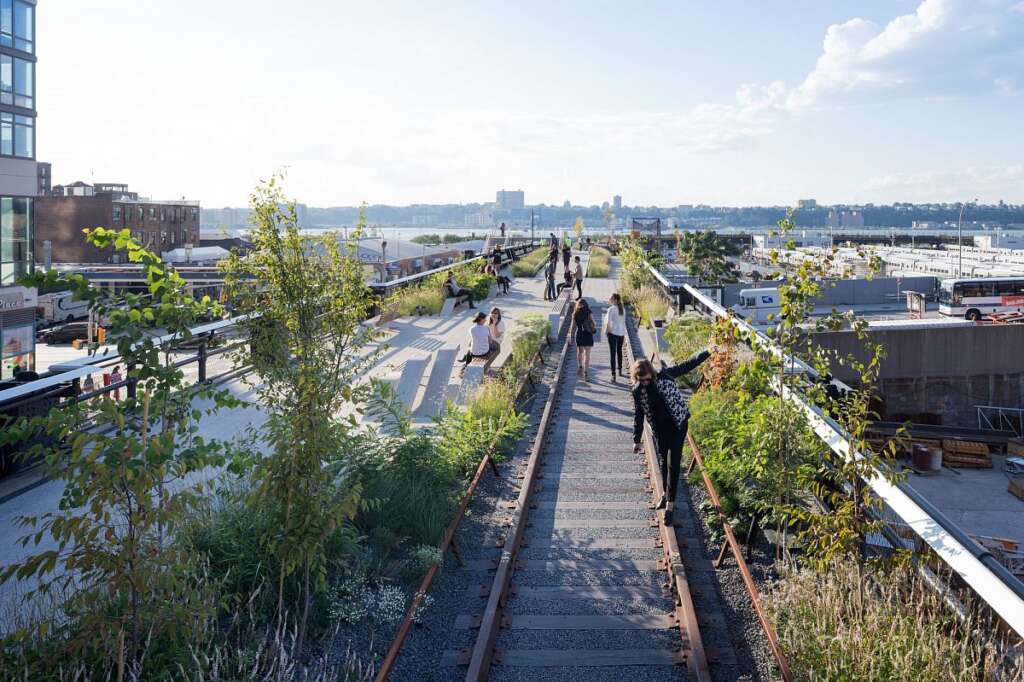Share This Article
Learn what landscape architecture is, why it matters in today’s world, and how it shapes sustainable cities, communities, and ecosystems—from urban parks to climate-resilient infrastructure.
Landscape architecture is one of the most influential yet often misunderstood disciplines in the built environment. More than just designing gardens or parks, it involves shaping outdoor spaces that balance ecological performance, human experience, and aesthetic value.
In a world facing rising urbanization, climate challenges, and ecological degradation, landscape architecture has become central to how we imagine the cities and environments of the future.
Defining Landscape Architecture
Landscape architecture is the planning, design, and management of outdoor spaces to achieve functional, environmental, and social outcomes. It blends art, ecology, and engineering to design everything from public parks and campuses to waterfronts, memorials, botanical gardens, urban streetscapes, and stormwater systems.
Far beyond surface beautification, it focuses on:
- Restoring ecological systems
- Enhancing biodiversity
- Managing water sustainably
- Reducing urban heat
- Creating inclusive public spaces
- Strengthening climate resilience

A Brief History of Landscape Architecture
The roots of landscape architecture trace back to ancient civilizations—from the Mughal Charbagh gardens of India to the Persian paradise gardens, and Roman villa courtyards. However, the modern discipline was formally recognized in the 19th century with Frederick Law Olmsted, who co-designed Central Park in New York City.
In India, the tradition of blending architecture and landscape can be seen in historic examples like:
- Lutyens’ Delhi – axial greens and civic space
- Stepwells and temple tanks – ecological and cultural landmarks
- Sacred groves and village commons – examples of community-led environmental stewardship
Today, the profession addresses global-scale concerns such as climate change, environmental justice, and livability.
The Role of Landscape Architects Today
Modern landscape architects are at the forefront of shaping resilient, inclusive, and regenerative environments. Their work spans various domains:
- Urban Greening: Designing parks, greenways, green roofs, and tree canopies to combat heat and pollution
- Water Management: Using bioswales, wetlands, and permeable surfaces to mitigate urban flooding
- Biodiversity Planning: Integrating native plant species and pollinator habitats into urban areas
- Public Realm Design: Creating equitable and accessible spaces for communities to gather, play, and interact
- Ecosystem Restoration: Reviving degraded landscapes through soil regeneration, afforestation, and habitat connectivity
Iconic Landscape Architecture Projects Around the World
These transformative projects highlight the power of landscape design in action:
Cheonggyecheon Stream, Seoul
A former highway replaced with a restored river and public park. It improved air quality, lowered temperatures, enhanced biodiversity, and became a major urban attraction.

The High Line, New York City
An abandoned elevated railway transformed into a linear park by James Corner Field Operations and Diller Scofidio + Renfro. It redefined adaptive reuse in urban design.

Sundar Nursery, New Delhi
A 90-acre heritage park near Humayun’s Tomb, redesigned to blend Mughal garden traditions with native ecology, inclusive recreation, and cultural programming.

What Landscape Architects Do
Landscape architects engage in a wide range of activities across multiple scales:
| Task | Description |
|---|---|
| Site Analysis | Assess topography, soil, climate, and vegetation conditions |
| Concept Development | Create design visions for public, private, or institutional landscapes |
| Ecological Planning | Enhance sustainability, reduce environmental impact, restore ecosystems |
| Detail Design & Construction | Specify planting palettes, hardscape materials, lighting, and drainage |
| Community Engagement | Conduct workshops, surveys, and stakeholder consultations |
They often collaborate with architects, urban planners, engineers, and ecologists.
Landscape Architecture vs. Architecture vs. Urban Planning
| Discipline | Focus Area | Scale |
|---|---|---|
| Architecture | Buildings and structures | Site-level |
| Urban Planning | Policy, zoning, infrastructure | City-scale |
| Landscape Architecture | Open spaces, ecosystems, experience | Site to regional scale |
Landscape architecture uniquely focuses on living systems, time-based change, and spatial experience.
Why Landscape Architecture Is Essential Today
As the world grapples with extreme weather, loss of biodiversity, and increased urban density, landscape architecture offers scalable solutions that are:
- Environmentally restorative
- Socially inclusive
- Culturally responsive
- Visually inspiring
Whether designing a climate-adaptive waterfront or a schoolyard garden, landscape architects are essential to building resilient futures.
Also Read – India’s Bauhaus Moment: A Design Revolution Rooted in Craft and Culture
Key Takeaways
- Landscape architecture is more than beautification—it’s a form of ecological and social design
- It plays a vital role in climate resilience, biodiversity, and community wellbeing
- Landscape architects work at the intersection of design, science, and public life
- Notable projects around the world have redefined cities through thoughtful outdoor design
- In India, there is a growing movement towards contextual and sustainable landscape practices

Conclusion
Landscape architecture is a discipline of quiet power. It may not always make headlines, but it shapes our daily lives, our cities, and our connection to the natural world.
As we look ahead, the need to design with nature—rather than against it—has never been more urgent. And landscape architects are leading that movement, one thoughtful, grounded intervention at a time.
For more design stories, explorations in sustainability, and reflections on the built environment, follow SMART.POV.

